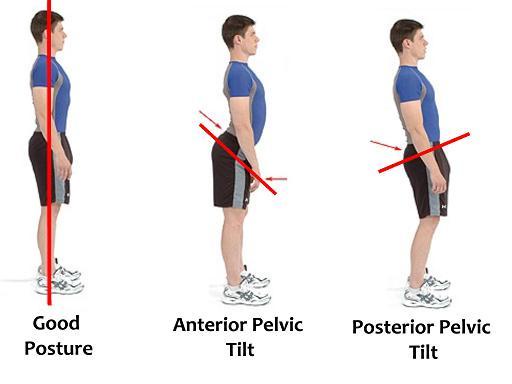Lordosis is a condition characterized by an excessive inward curvature of the spine, primarily in the lumbar region or lower back. While some degree of lordotic curvature is normal, an exaggerated curve can lead to discomfort, pain, and mobility issues. This comprehensive article delves into the causes, symptoms, and various treatment options available for managing lordosis.
Introduction
Lordosis, commonly referred to as swayback or hyperlordosis, is a spinal deformity that affects the natural curvature of the spine. The condition manifests as an exaggerated inward curve in the lower back, often causing discomfort and impacting mobility. Understanding the underlying causes, recognizing symptoms, and exploring effective treatments are essential for managing this condition and improving overall quality of life.

-
Muscle Weakness: Weakness in the muscles supporting the spine, particularly the abdominal and lower back muscles, can contribute to lordosis. When these muscles are unable to adequately support the spine, it can lead to an exaggerated curvature.
-
Obesity: Excess weight places added stress on the spine, leading to postural changes that may result in lordosis. Obesity can also weaken core muscles, exacerbating the curvature of the spine.
-
Poor Posture: Prolonged periods of slouching or adopting improper posture can gradually affect the alignment of the spine, potentially leading to lordosis over time.
-
Pregnancy: The added weight and shift in the body's center of gravity during pregnancy can cause temporary lordosis due to increased strain on the lower back.
-
Congenital Conditions: Some individuals may be born with abnormalities in spinal structure or development, predisposing them to lordosis later in life.
-
Spondylolisthesis: This condition occurs when a vertebra slips forward onto the vertebra below it, potentially leading to an exaggerated curvature of the spine.
-
Visible Curvature: An exaggerated inward curve in the lower back, often noticeable when standing upright or from the side profile.
-
Back Pain: Persistent or intermittent pain in the lower back, which may worsen with prolonged standing or physical activity.
-
Muscle Stiffness: Tightness or stiffness in the muscles of the lower back and hips, making movement uncomfortable or restricted.
-
Difficulty Standing: Some individuals may experience difficulty standing for extended periods due to discomfort or fatigue in the lower back.
-
Changes in Gait: Lordosis can alter the way a person walks, potentially leading to an uneven gait or difficulty maintaining balance.
-
Physical Examination: A healthcare provider will conduct a physical examination to assess posture, range of motion, and any visible signs of lordosis.
-
Imaging Studies: X-rays, CT scans, or MRI scans may be ordered to obtain detailed images of the spine, helping to confirm the diagnosis and evaluate the severity of lordotic curvature.
-
Conservative Treatments:
- Physical Therapy: Targeted exercises can strengthen core muscles, improve posture, and alleviate strain on the spine.
- Weight Management: Maintaining a healthy weight can reduce stress on the spine and help prevent further progression of lordosis.
- Postural Corrections: Practicing proper posture habits, such as sitting and standing with the spine aligned, can help alleviate symptoms.
-
Medications: Over-the-counter pain relievers or muscle relaxants may be prescribed to manage pain and discomfort associated with lordosis.
-
Bracing: In some cases, wearing a supportive brace or orthotic device may help stabilize the spine and reduce curvature.
-
Surgical Intervention: Severe cases of lordosis that do not respond to conservative treatments may require surgical correction, such as spinal fusion or decompression procedures.
Conclusion
Lordosis is a spinal condition characterized by an exaggerated inward curvature of the lower back, leading to pain, discomfort, and mobility issues for affected individuals. While various factors contribute to the development of lordosis, early diagnosis and intervention can help prevent further progression and improve symptoms. By implementing conservative treatments, including physical therapy, postural corrections, and weight management strategies, many individuals can effectively manage lordosis and enjoy improved spinal health and overall well-being. For severe cases, surgical options may be considered to correct spinal curvature and alleviate symptoms, under the guidance of a qualified healthcare professional.


No comments yet